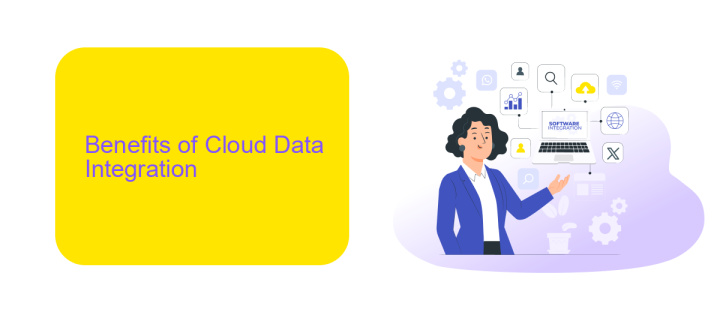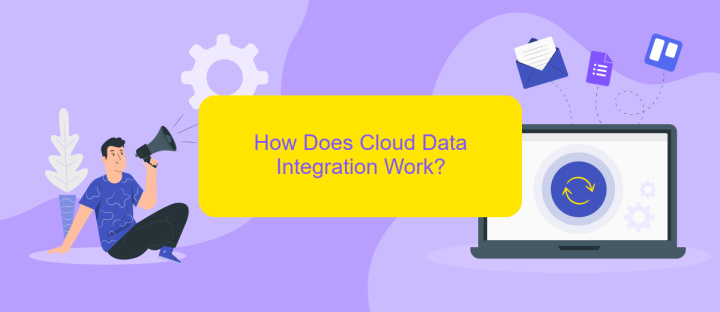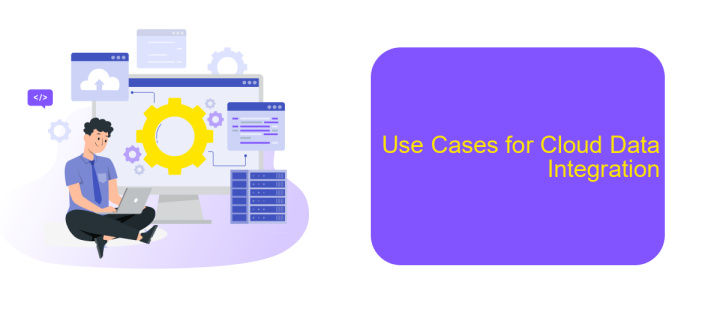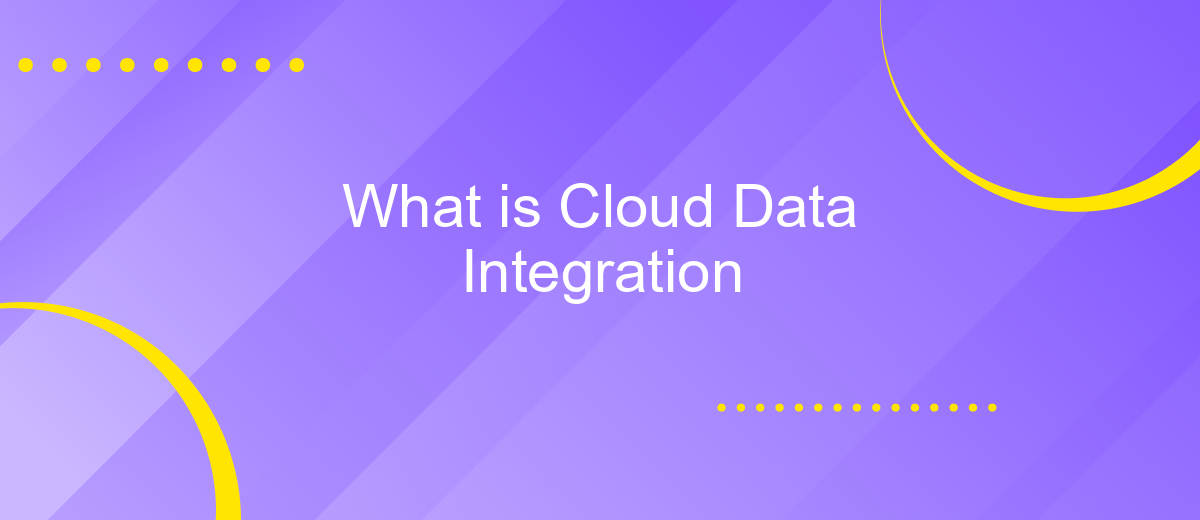What is Cloud Data Integration
Cloud data integration is the process of combining data from different sources and systems into a unified, cloud-based repository. This allows organizations to seamlessly access, manage, and analyze their data in real-time, enhancing decision-making and operational efficiency. By leveraging cloud data integration, businesses can overcome data silos, improve scalability, and ensure data consistency across various platforms and applications.
What is Cloud Data Integration?
Cloud data integration is the process of synchronizing and consolidating data from different cloud-based sources into a unified and accessible format. This integration ensures that data from various applications and services can be combined, analyzed, and utilized effectively.
- Improved data accessibility
- Enhanced data accuracy and consistency
- Streamlined business processes
- Real-time data synchronization
Services like ApiX-Drive facilitate cloud data integration by offering automated workflows that connect various applications and platforms. With ApiX-Drive, users can set up integrations quickly without the need for extensive technical knowledge, ensuring that data flows seamlessly between different systems. This automation helps businesses save time, reduce errors, and make better-informed decisions based on comprehensive data insights.
Benefits of Cloud Data Integration

Cloud data integration offers numerous benefits, enhancing business agility and operational efficiency. By centralizing data from various sources into a unified platform, organizations can achieve real-time data access, which is crucial for informed decision-making. This integration minimizes data silos, ensuring that all departments have a consistent and accurate view of the information, thus fostering collaboration and streamlining workflows.
Moreover, cloud data integration solutions like ApiX-Drive simplify the process of connecting disparate systems and applications. ApiX-Drive provides a user-friendly interface and robust automation features, allowing businesses to set up integrations without extensive technical knowledge. This not only reduces the time and cost associated with manual data handling but also enhances data accuracy and reliability. As a result, companies can focus more on strategic initiatives rather than being bogged down by data management complexities.
How Does Cloud Data Integration Work?

Cloud data integration involves the process of combining data from different sources into a single, unified view. This practice ensures that data from various cloud-based applications and on-premises systems can be accessed, managed, and analyzed seamlessly. It allows organizations to make more informed decisions by providing a comprehensive view of their data landscape.
- Identify the data sources that need to be integrated.
- Choose a cloud data integration tool or platform, such as ApiX-Drive, which simplifies the integration process.
- Configure the data connections and map the data fields between the source and target systems.
- Implement data transformation rules to ensure the data is in the correct format.
- Schedule regular data synchronization to keep the integrated data up-to-date.
Using a service like ApiX-Drive can streamline the integration process, allowing you to connect various applications without extensive coding. It offers a user-friendly interface to set up integrations quickly, ensuring that your data flows seamlessly between systems. This results in improved data accuracy and accessibility, empowering businesses to leverage their data more effectively.
Use Cases for Cloud Data Integration

Cloud data integration is essential for businesses looking to streamline operations and enhance data accessibility. It enables seamless data flow between various cloud-based applications, ensuring that information is consistent and up-to-date across the organization. This integration is crucial for making informed decisions and optimizing workflows.
One of the primary use cases for cloud data integration is in the realm of customer relationship management (CRM). By integrating data from various sources such as social media, email marketing, and e-commerce platforms, businesses can gain a comprehensive view of customer interactions. This holistic approach allows for more personalized marketing strategies and improved customer service.
- Real-time data synchronization between cloud-based applications
- Enhanced business intelligence and analytics through unified data
- Automated workflows and processes
- Improved customer insights and personalized experiences
Services like ApiX-Drive facilitate cloud data integration by offering a user-friendly platform for setting up and managing integrations. With ApiX-Drive, businesses can automate data transfer between applications without the need for extensive coding knowledge. This not only saves time but also ensures data accuracy and consistency across all platforms.
- Automate the work of an online store or landing
- Empower through integration
- Don't spend money on programmers and integrators
- Save time by automating routine tasks
Conclusion
In summary, cloud data integration is a vital component for modern businesses aiming to streamline operations and enhance data accessibility. By leveraging cloud-based solutions, organizations can efficiently manage, synchronize, and analyze data across multiple platforms, leading to more informed decision-making and improved operational efficiency. The seamless integration of data from various sources ensures that businesses can maintain a unified view of their information, ultimately driving growth and innovation.
One effective way to achieve robust cloud data integration is through the use of specialized services like ApiX-Drive. This platform simplifies the process of connecting various applications and automating data workflows, allowing businesses to focus on their core activities. With its user-friendly interface and powerful integration capabilities, ApiX-Drive helps organizations save time and resources while ensuring that their data remains consistent and up-to-date. Embracing such tools can significantly enhance a company's ability to adapt to the ever-evolving digital landscape.
FAQ
What is Cloud Data Integration?
Why is Cloud Data Integration important?
What are the key benefits of Cloud Data Integration?
How does Cloud Data Integration work?
What tools can be used for Cloud Data Integration?
Strive to take your business to the next level, achieve your goals faster and more efficiently? Apix-Drive is your reliable assistant for these tasks. An online service and application connector will help you automate key business processes and get rid of the routine. You and your employees will free up time for important core tasks. Try Apix-Drive features for free to see the effectiveness of the online connector for yourself.


